Next we had to find out where in the classroom we could melt chocolate, other than our mouths. The children quickly identified that in order to find this out we had to investigate what temperature chocolate melted at. So we set up an investigation. We had to melt a piece of chocolate over a heat source and. using a thermometer, find out the temperature of the chocolate when it turned from a solid into a solid and liquid state. The children worked incredibly sensibly with the candles, and although in the time we had the chocolate didn't completely change into a liquid, we were able to find out the temperature it began to melt and also find a place in the classroom where we could melt it.
|
Our final lesson of the term was all about chocolate! First we had to put a piece of chocolate in our mouths and let it melt on our tongues - allowing a solid to change into a liquid, it was quickly noticed that it was the heat from our mouths that let this happen. Next we had to find out where in the classroom we could melt chocolate, other than our mouths. The children quickly identified that in order to find this out we had to investigate what temperature chocolate melted at. So we set up an investigation. We had to melt a piece of chocolate over a heat source and. using a thermometer, find out the temperature of the chocolate when it turned from a solid into a solid and liquid state. The children worked incredibly sensibly with the candles, and although in the time we had the chocolate didn't completely change into a liquid, we were able to find out the temperature it began to melt and also find a place in the classroom where we could melt it.
0 Comments
A massive well done to the entire Simmonds class for their mini production this afternoon. You all worked so hard on it and did an amazing job in front of all your parents and the rest of the school. Thank you also to the parents of Simmonds class for providing the costumes, helping the children to learn their lines and for coming to watch them! A final thank you Miss Roe and Mrs Turner for helping me with all the small details.
Last week we looked at clouds, this week we made our own clouds! We talked about the different processes that were going on to create the cloud in a jar and how this was all part of the water cycle. We then became part of the water cycle, starting out as water droplet in a river before being evaporated and changed into a water droplet. As the water droplets (us) reached high in the sky we got cold and condensed (changed back into a water droplet), clinging on to dust or ice to become a cloud. Finally when the cloud we were in got too heavy we rained or precipitated. The children looked at another element of the weather today in geography, clouds. They discovered that cloud cover is measured in Oktas and they worked in pairs to create Okta grids which they could use to measure the amount of cloud cover in the sky today. They needed to look at the sky facing 4 different ways (North, South, East and West), counting the number of squares of their Okta grid that were filled and then find out the average amount by adding all of the different amounts up and dividing by 4. Some of the children were surprised to be using their maths skills in a geography lesson! Today, we began our new topic in science on states of matter. We started it all off by trying to work out what the definition of a solid, a liquid and a gas was. First we had to decide whether an item was a solid, liquid or a gas and then write some of the words we could use to describe that item. Following that, we investigated what happened when water was poured into different containers - we noticed that the water always took the shape of the container it was in, this was different to a solid! Finally, we looked at some more tricky items like sugar, flour and sand. We tried pouring them into different containers and noticed that, although they poured like a liquid, all the little grains of sand, flour and sugar piled up on top of each other, which meant they couldn't be a liquid. We concluded that they must then be solid! In class today, we had lots of professors join us. They were here to talk about their anti-climate change machines, explaining how they worked. It was very interesting to hear about their designs, the buttons we could press to make them work and what would happen if these buttons were pressed. The class were a great audience for them, explaining what part of the machine they wanted to know more about.
Some of you may even recognise these professors... Thank you so much for the parents and grandparents who came and joined us for our creative literacy afternoon. I hope you enjoyed the poetry writing experience as much as myself and the children did!
As we had been working on homophones recently, the children wrote poems where I asked them to choose the wrong homophone to use in their work, getting them to think about which spelling of a word they should and shouldn't use. It was a very strange experience having to tell the class to make the wrong choices with their spellings! |
CategoriesAuthorMrs MacFarlane and the hard working children of Hamilton Archives
June 2024
|

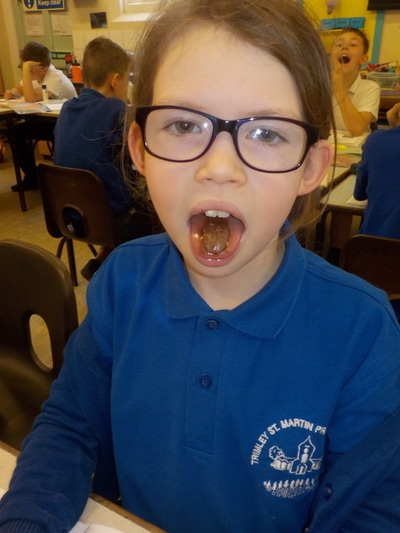
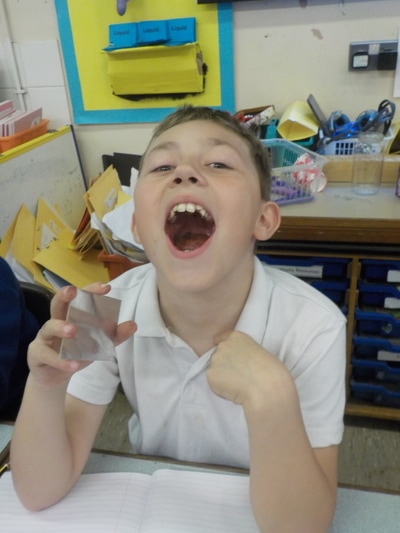
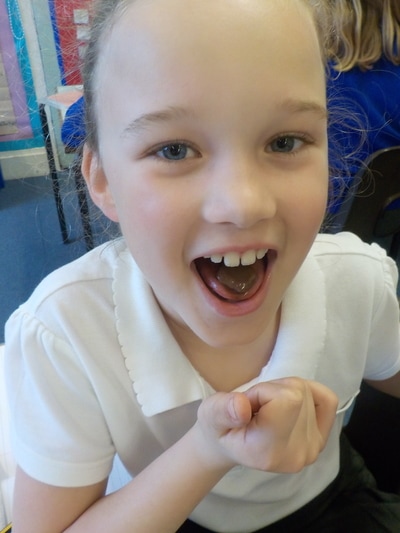

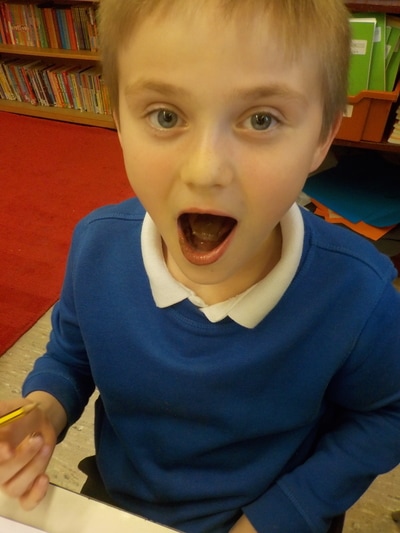
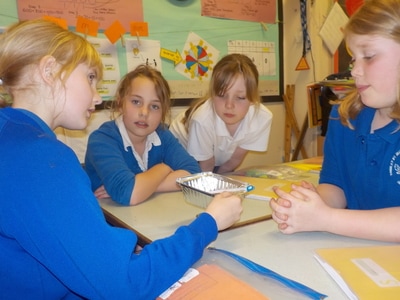
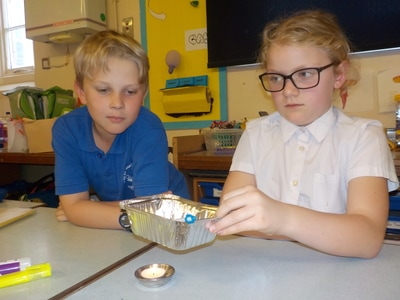
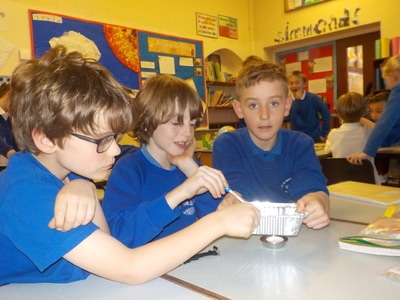
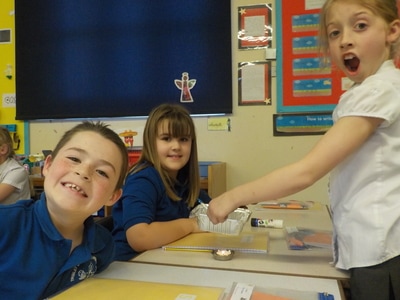
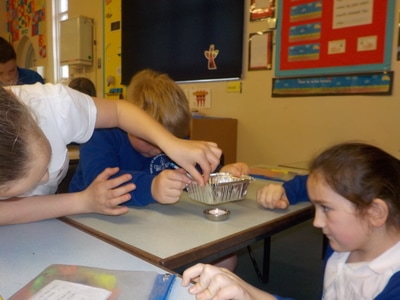
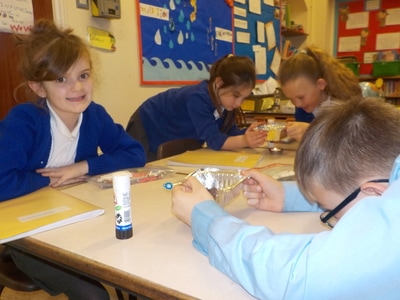
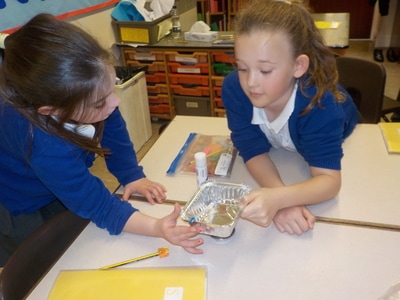
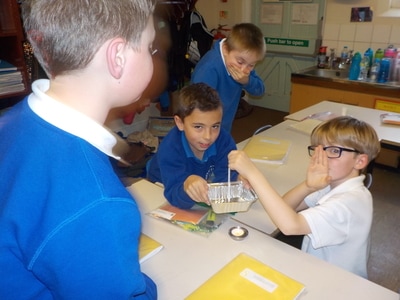
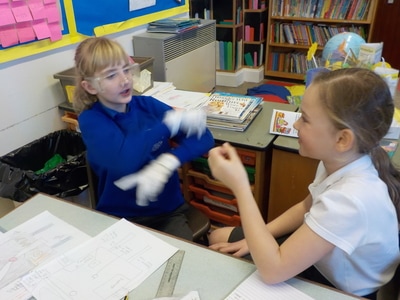
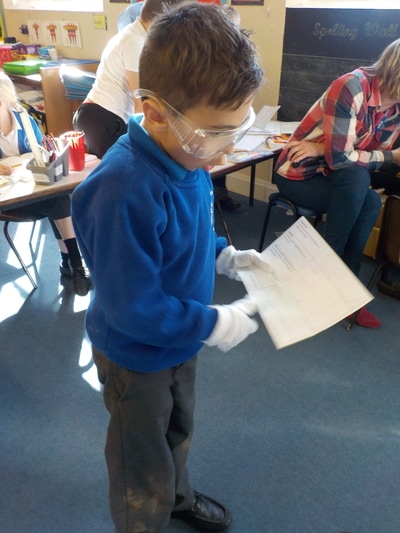
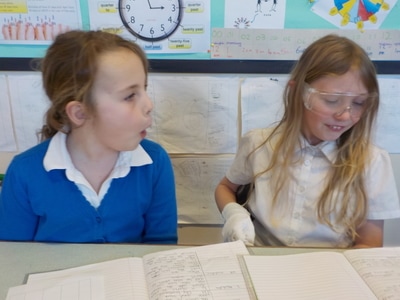
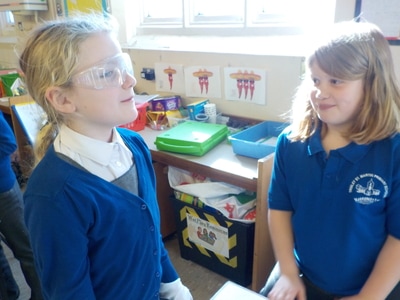
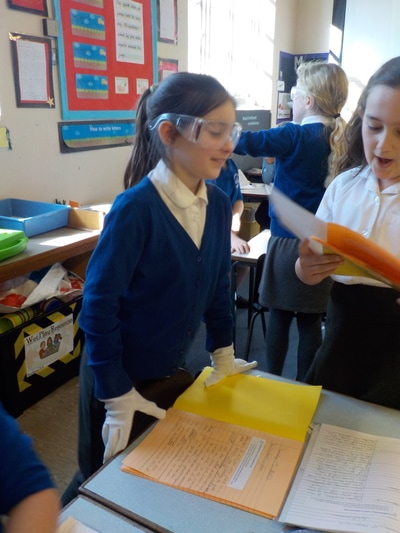
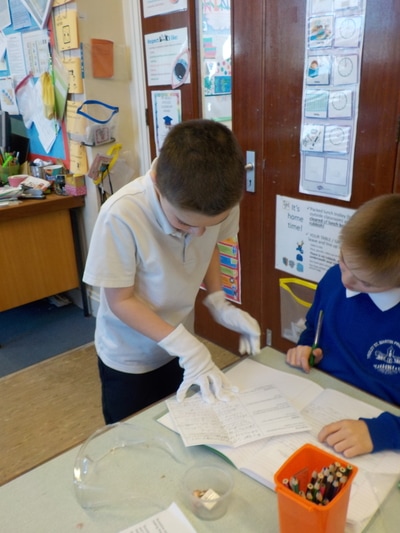
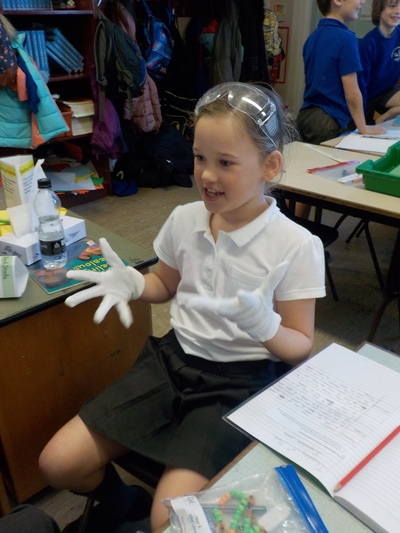

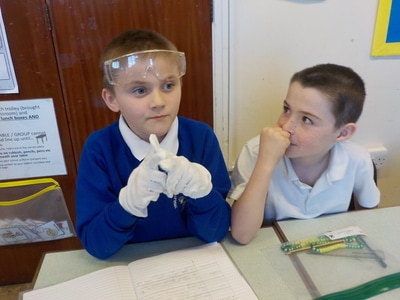

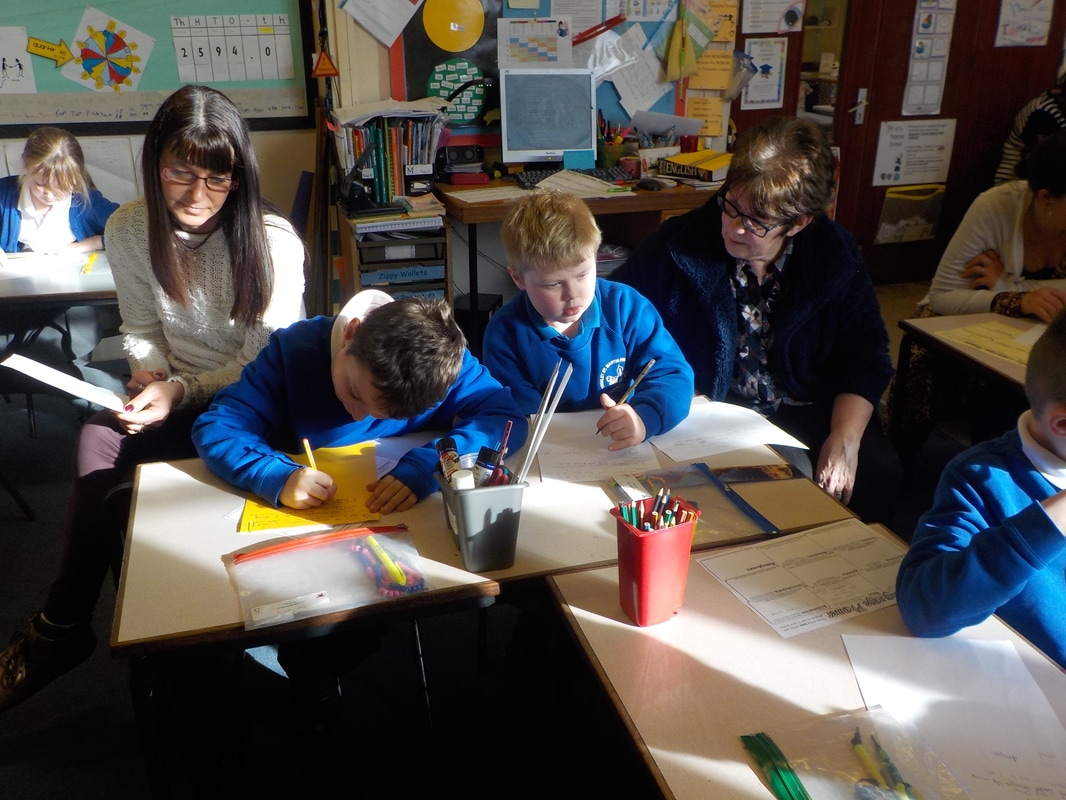
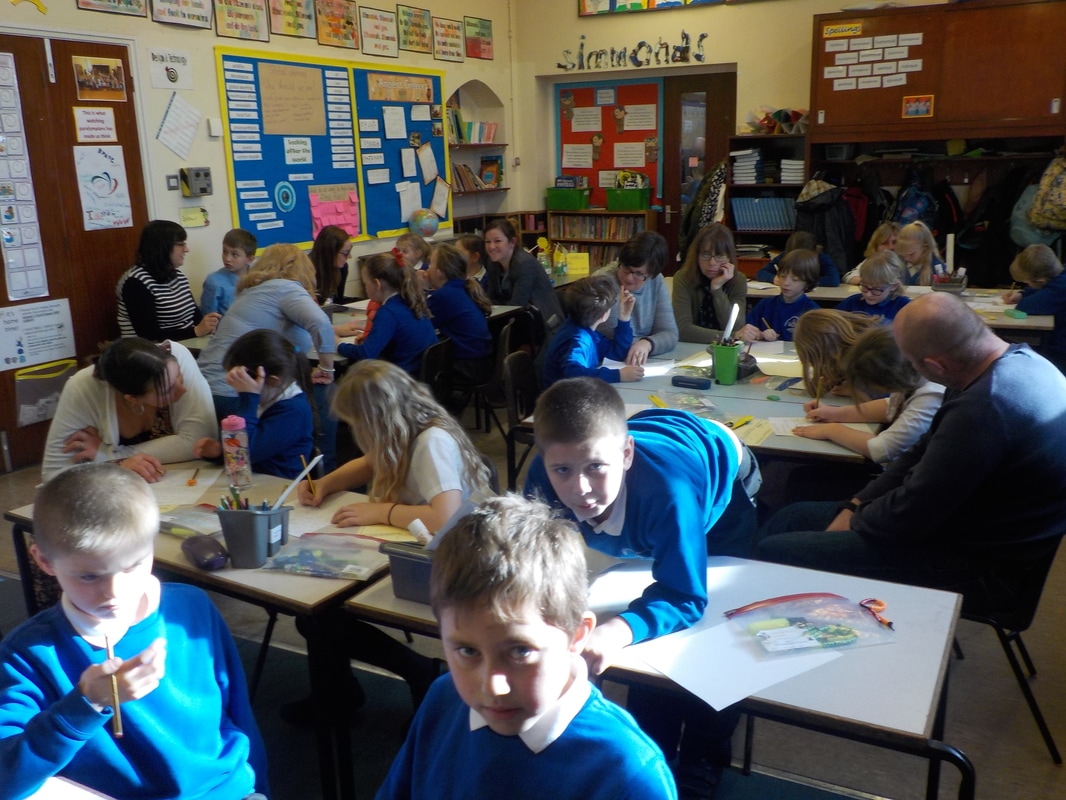
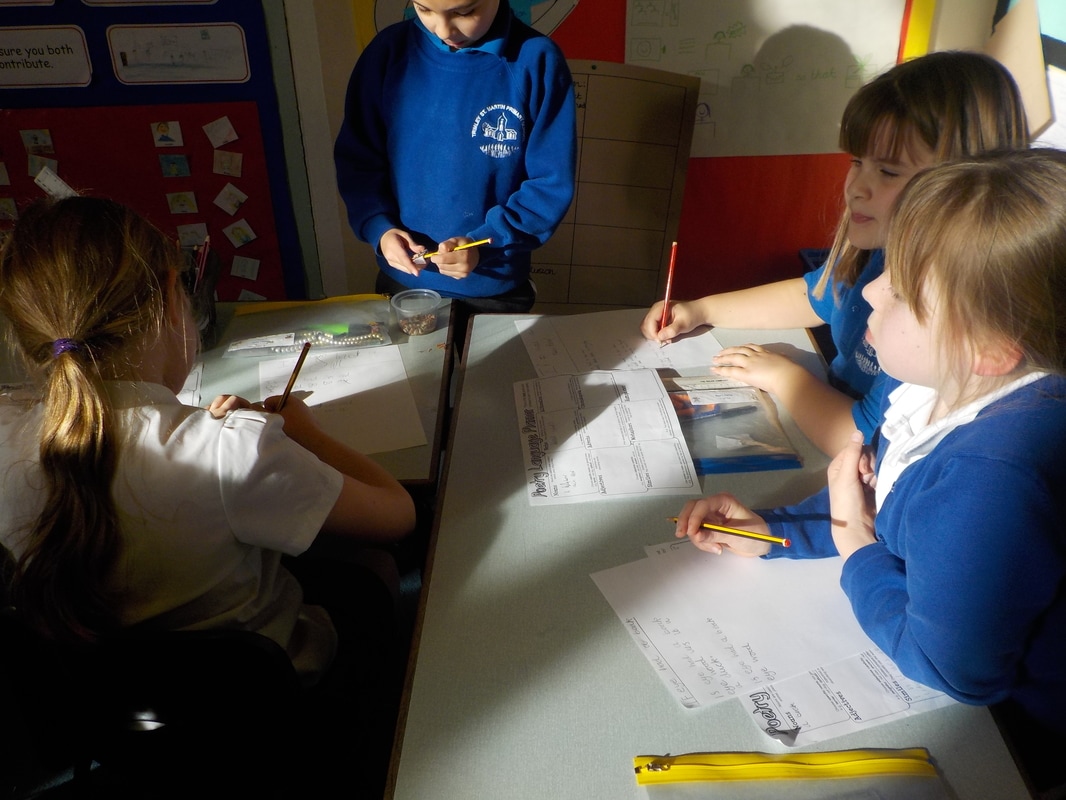
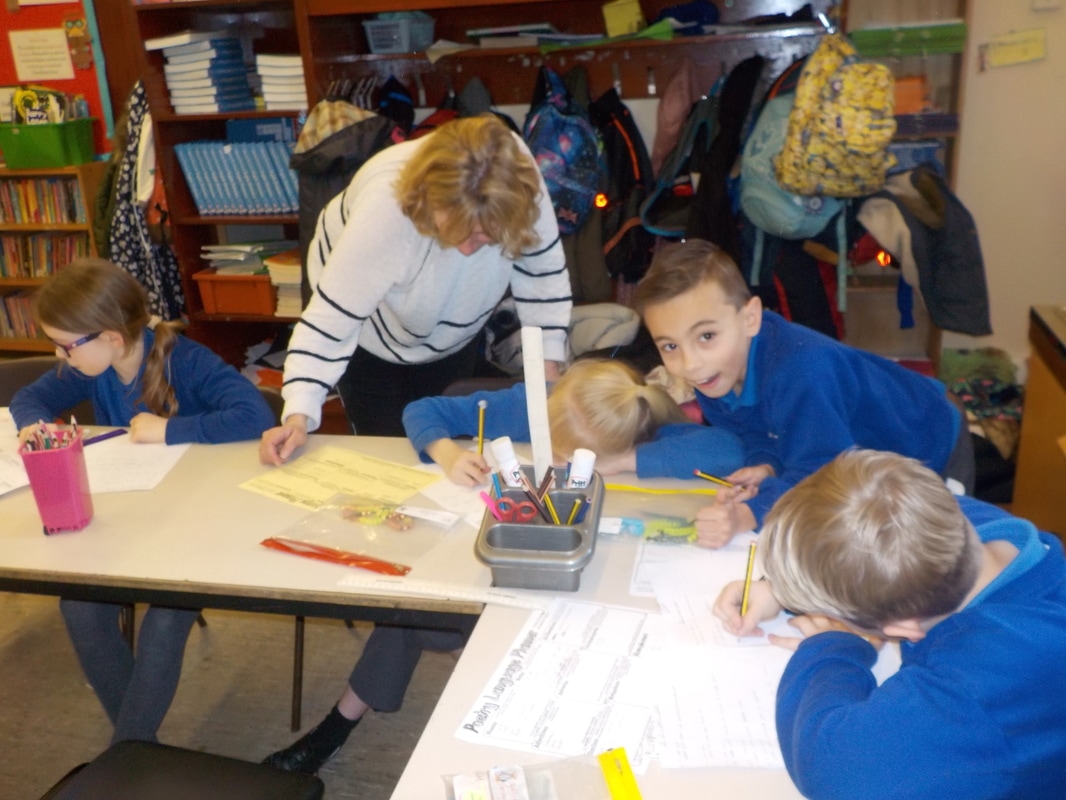
 RSS Feed
RSS Feed
